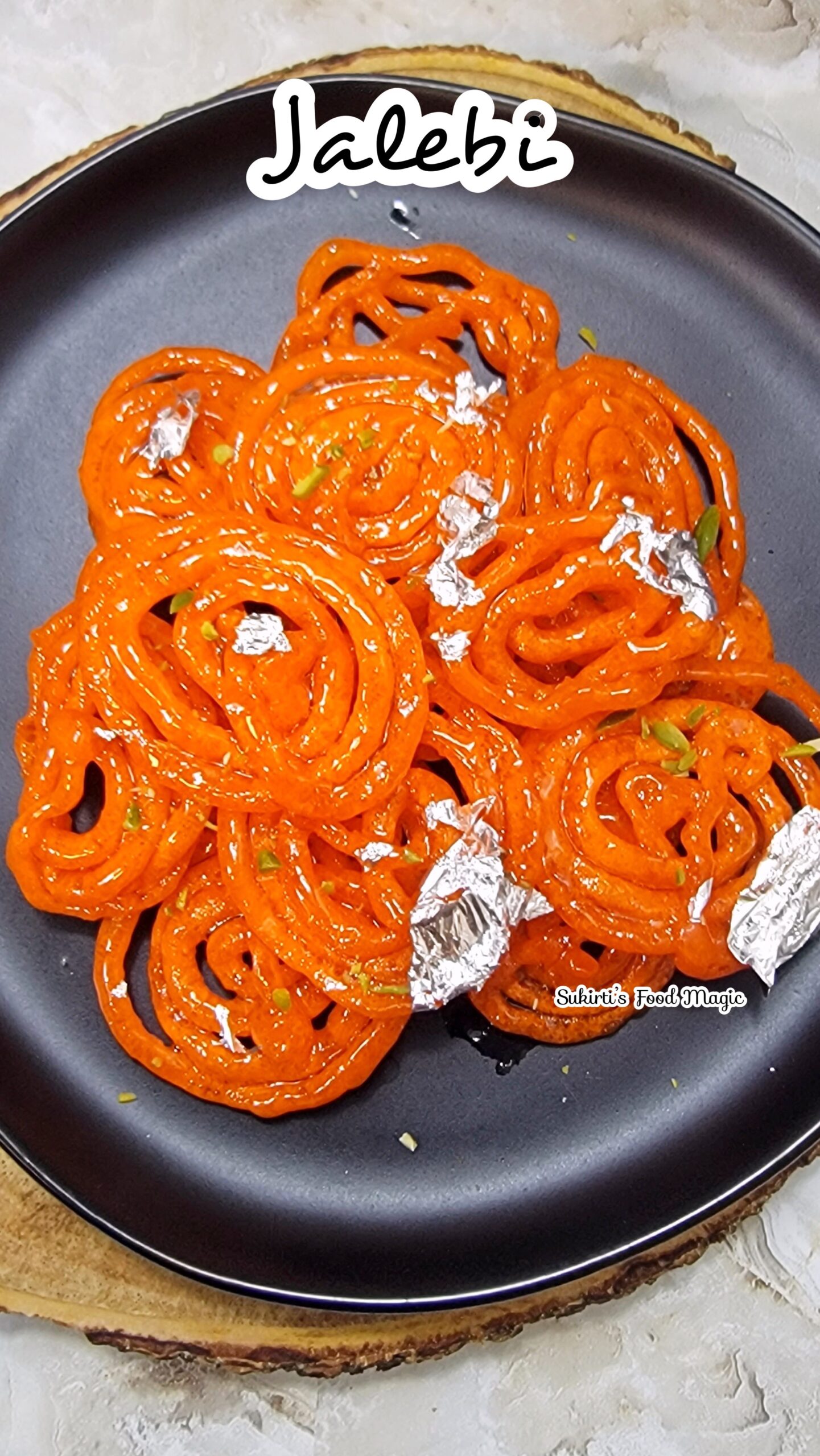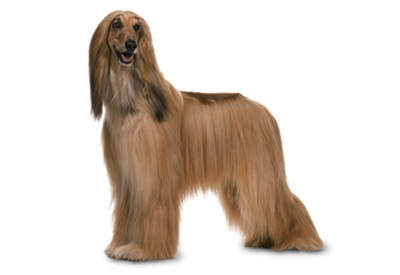8. Kyaiktiyo Pagoda
The Pagoda was built more than 2500 years ago. Legend has it that the Pagoda was built on a Hair relic that was given to a hermit by Buddha Himself.
The rock itself looks precariously balanced on the edge of a cliff. During peak pilgrimage season, chants float through the air day and night.
10. Mohinga
Mohinga consists of herbs, shallot, and fish broth, along with rice noodles. Most of the time, you will find this dish served with banana tree pith.

2. Herāt is an ancient oasis city founded around 500 BC. It's the third-largest city in Afghanistan. The city has a lot of historic sites. The Herat Citadel was built around 330 BC, in times of Alexander the Great. The Musalla complex is a former Islamic religious complex, containing examples of Timurid architecture. The Great Mosque of Herat was built by the Ghurids, under the rule of Sultan Ghiyath al-Din Muhammad Ghori, around 1200 AD.
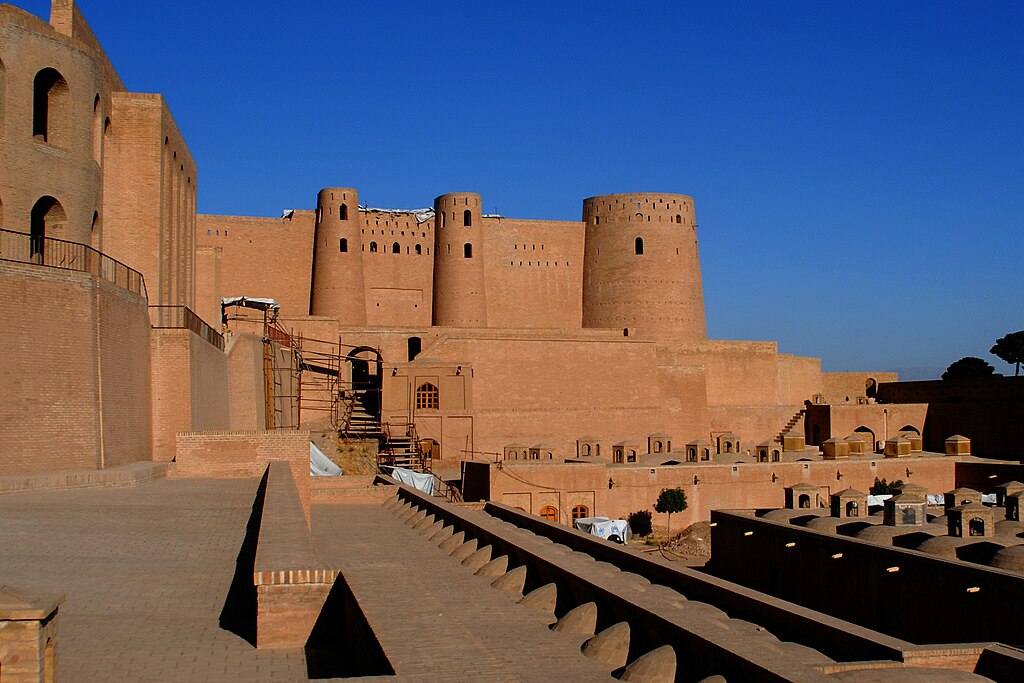 |
 |
 |
3. Afghan hound
Afghan hound, breed of dog developed as a hunter in the hill country of Afghanistan. It was once thought to have originated several thousand years ago in Egypt, but there is no evidence for this theory. It was brought to Europe in the late 19th century by British soldiers returning from the Indian-Afghan border wars.
Taken from Wikipedia

4. There are no public Christian churches in Afghanistan
Islam is the official state religion of Afghanistan. Approximately 99.7% of the Afghan population are Muslim. Between 80% and 89% practice Sunni Islam while 10-19% practice Shia Islam. There are no public Christian churches in Afghanistan. The only legally recognised Christian church building in Afghanistan is the Our Lady of Divine Providence Chapel. This is in the Italian Embassy in Kabul. This catholic chapel was first authorised in 1933.
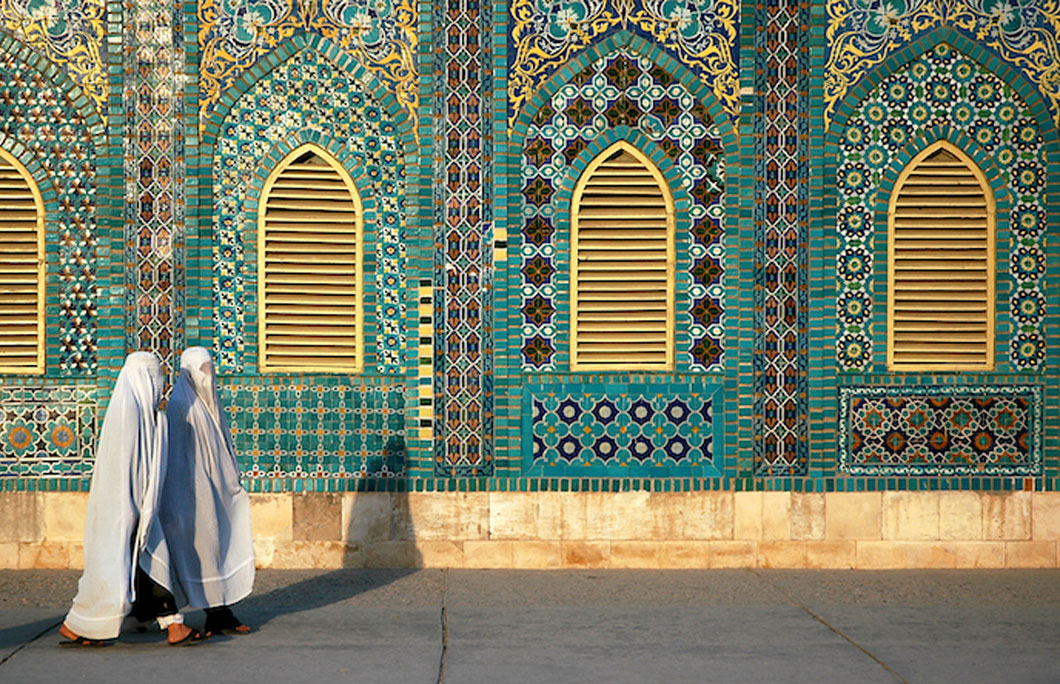 https://www.enjoytravel.com/en/travel-news/interesting-facts/facts-about-afghanistan
https://www.enjoytravel.com/en/travel-news/interesting-facts/facts-about-afghanistan
5. Etymology. Some scholars suggest that the root name Afghān is derived from the Sanskrit word Aśvakan, which was the name used for ancient inhabitants of the Hindu Kush. Aśvakan literally means "horsemen", "horse breeders", or "cavalrymen" (from aśva, the Sanskrit and Avestan words for "horse").
Taken from Wikipedia
AlfatogodeQFBere:
5. Etymology. Some scholars suggest that the root name Afghān is derived from the Sanskrit word Aśvakan, which was the name used for ancient inhabitants of the Hindu Kush. Aśvakan literally means "horsemen", "horse breeders", or "cavalrymen" (from aśva, the Sanskrit and Avestan words for "horse").
Taken from Wikipedia
The great river #Kubha (now Kabul) a tributary of Sindhu watered the lands of Afghanistan, the land famous for its horses (Ashva : Af) and hence the name Afghanistan. It is the land of Ashva and the horse-people or the 'Ashva-Ganas' which is rendered as Af-ghana and as Afghanistan.
This name is attested in history as Aśvakan and Assakan.
The name Ashvaka is mentioned as a kingdom in the Mahabharata allied to the Kambojas and Gandharas but situated to their west, currently located in Afghanistan.
Much older in Rgveda, the tribes like the Pakthas and the Bhalanas are mentioned. They were even part of the Dasarajnya battle against the Thristu Bharata king Sudas (who had his Rigvedic kingdom along the Sarasvati and Sindhu region). From here the Rgvedic influence area spread to as far as south-eastern Afghanistan as indicated in the map.
Currently the Pakthas are known as the Paktuns and Bhalanas those who live in what is now Bolan pass.
The name Hindu Kush is commonly translated as 'the killer of Hindus'. The traveller Ibn Battuta, who lived in the 14th century, claimed that this is the mountain where millions of Hindus were killed. These Hindus, who were slaves, were being taken to be sold in Afghanistan and beyond.
7. Kabuli Pulao
Kabuli pulao is often considered the national dish and it’s a well-known fact in Afghanistan that people love it. The dish is named “Kabuli Pulao” after the city of Kabul. It is because the upper-class families of Kabul created this dish.
This national dish of Afghanistan is made from steamed rice loaded with various dry fruits. Fried raisins, pistachios, almonds, caramelized carrots, and sweet spices are added for flavoring. The dish also includes large chunks of lamb meat which is the highlight for meat lovers.
The pulao has a sweet and savory taste. The added dry fruits give it a crunchy texture. There is no wonder why it is known as the crown of Afghan cuisine!
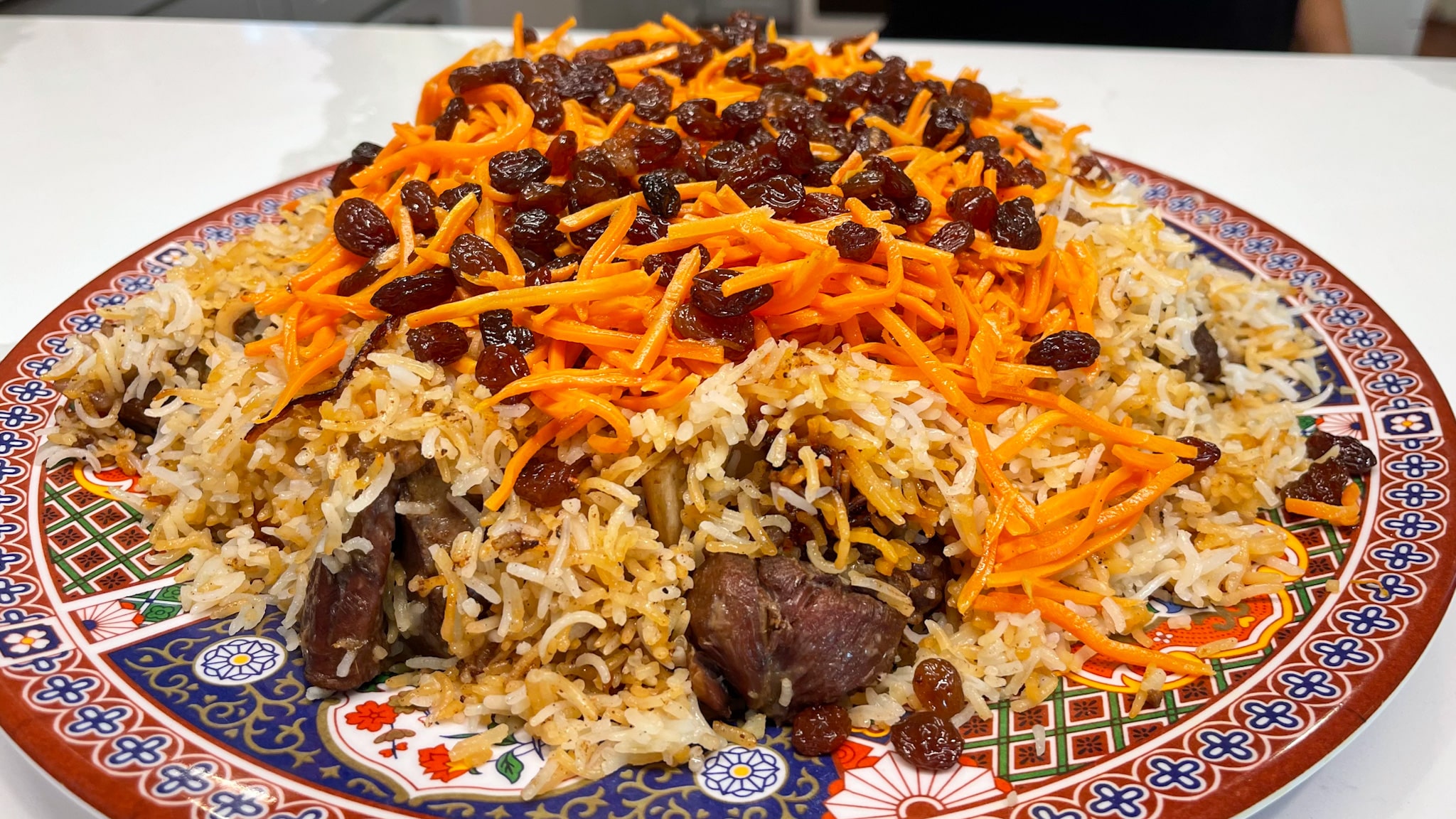
8. Languages
Afghanistan is a linguistically diverse nation, with upwards of 40 distinct languages. However, Dari and Pashto are two of the most prominent languages in the country, and have shared official status under various governments of Afghanistan. Dari, as a shared language between multiple ethnic groups in the country, has served as a historical lingua franca between different linguistic groups in the region and is the most widely understood language in the country. Pashto is also widely spoken in the region; but the language does not have a diverse multi-ethnic population like Dari, and the language is not as commonly spoken by non-Pashtuns. Dari and Pashto are also (in a linguistic sense) "relatives", as both are Iranian languages.
Taken from Wikipedia. Maybe I must send my 2 euros as cooperation after copying and pasting so much.
The Turkic languages Uzbek and Turkmen, as well as Balochi, Pashayi, Nuristani, and Pamiri are the third official languages in areas where the majority speaks them.
Both Persian and Pashto are Indo-European languages from the Iranian languages sub-family. Other regional languages, such as Uzbek, Turkmen, Balochi, Pashayi and Nuristani, are spoken by minority groups across the country.
Minor languages include: Ashkunu, Kamkata-viri, Vasi-vari, Tregami and Kalasha-ala, Pamiri (Shughni, Munji, Ishkashimi and Wakhi), Brahui, Arabic, and Pashai and Kyrgyz, and Punjabi. Linguist Harald Haarmann believes that Afghanistan is home to more than 40 minor languages, with around 200 different dialects.
9. Jalebi
Jalebi is ranked high in the list of the best Afghan sweets. Locals enjoy this sweet treat with their traditional drink Kehwa or green tea. It is a favorite snack for both children and adults.
This juicy, sugary delight is made by mixing flour with yogurt or ghee, baking soda, or yeast to make the batter. Then the batter is poured into hot oil in a circular pattern. Finally, it is dipped in a thick syrup of rosewater, honey, saffron, and cardamom.
